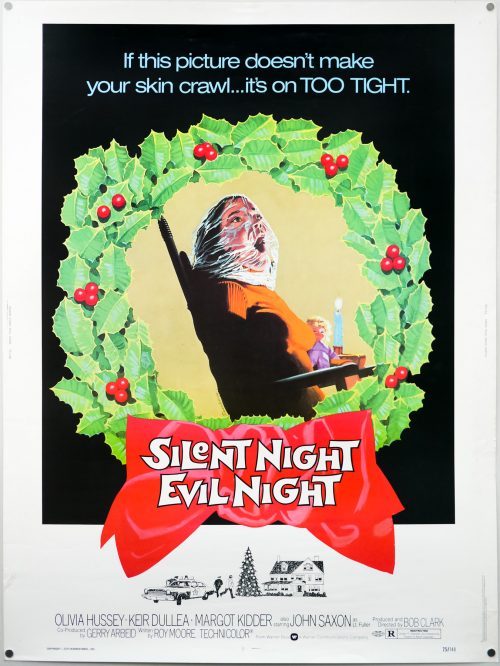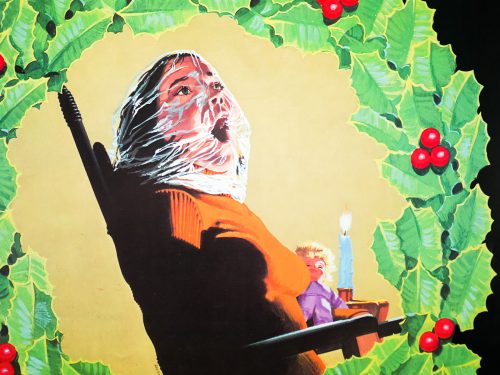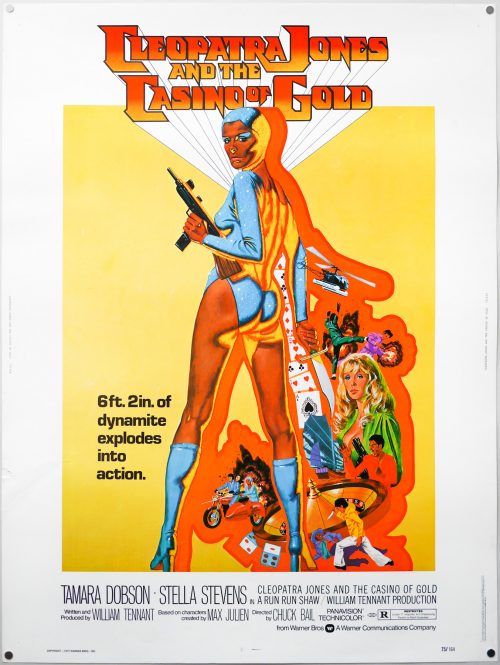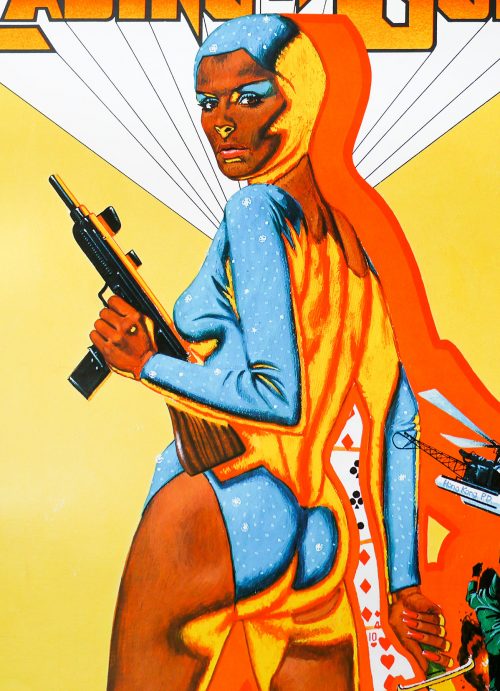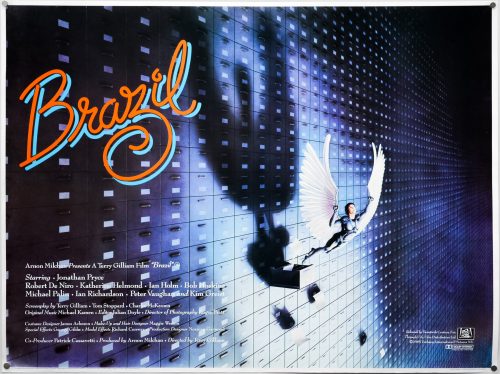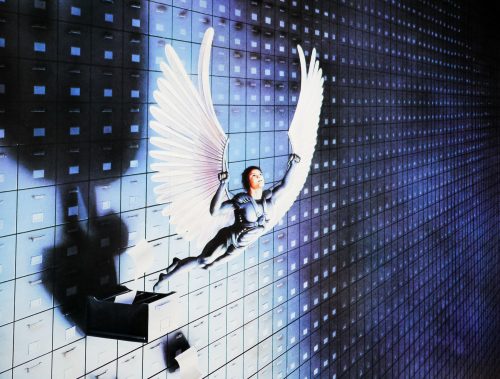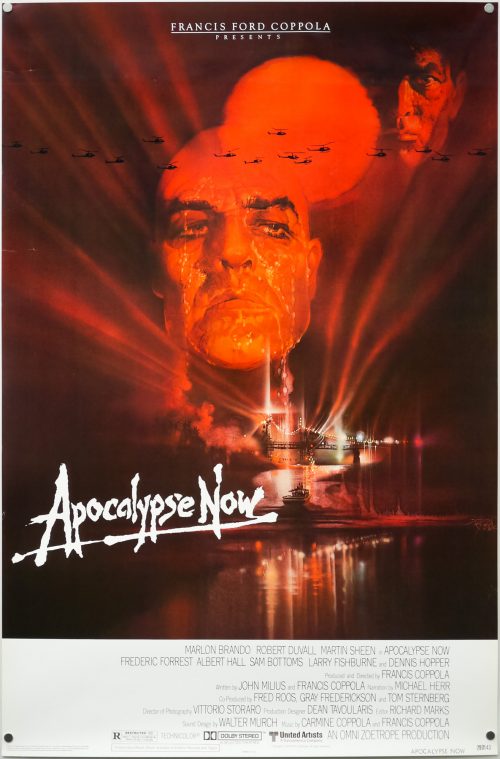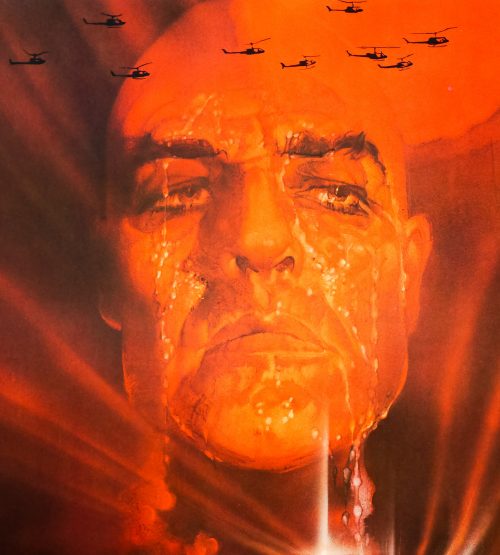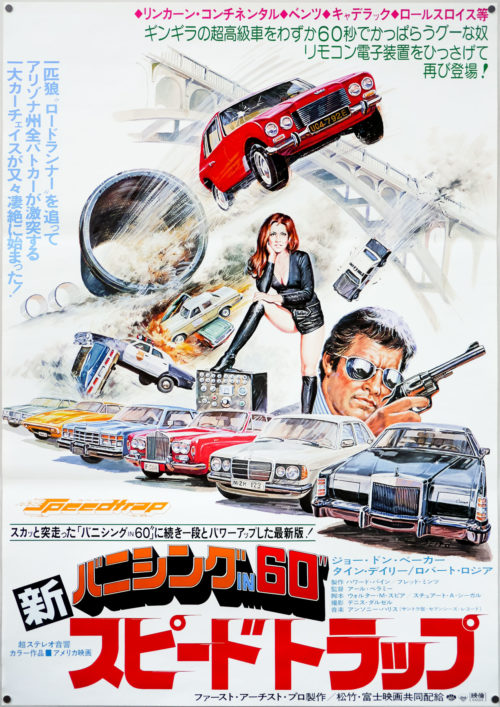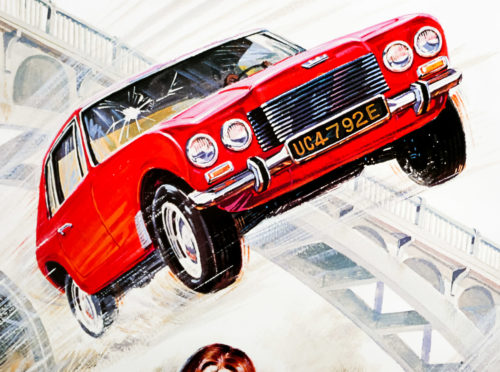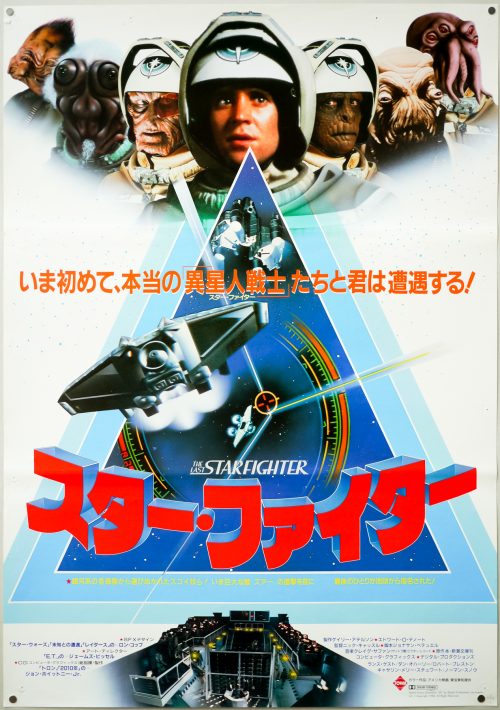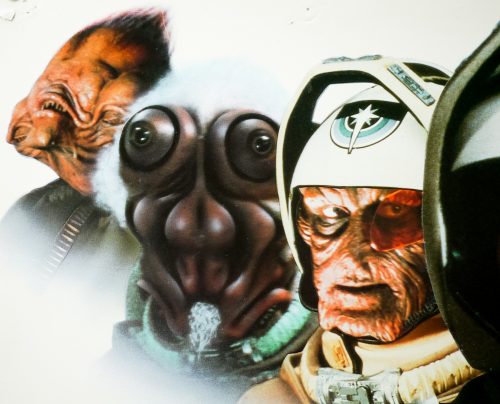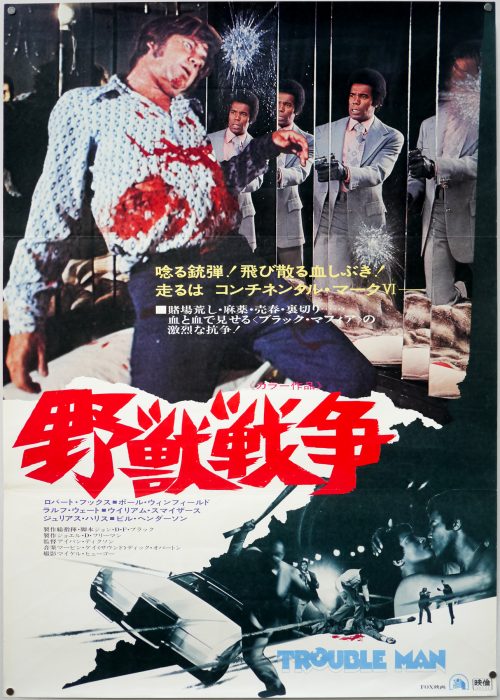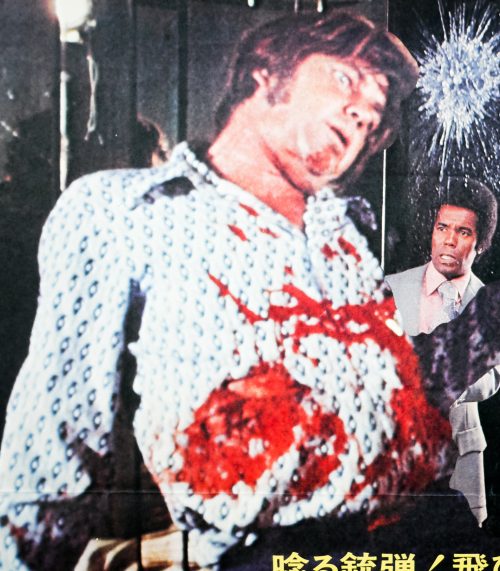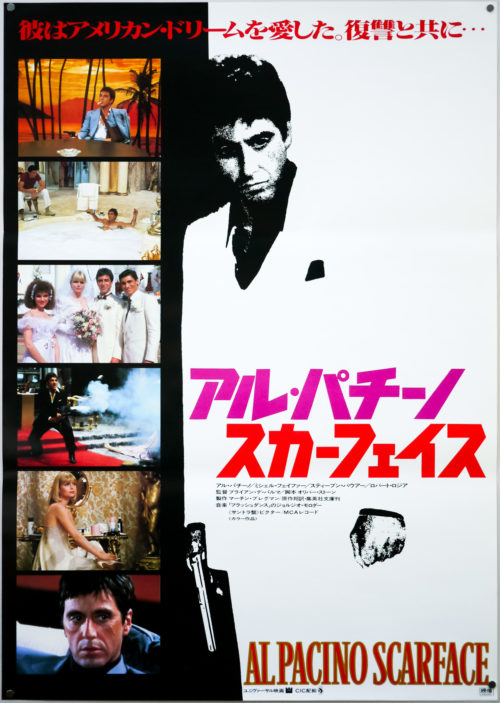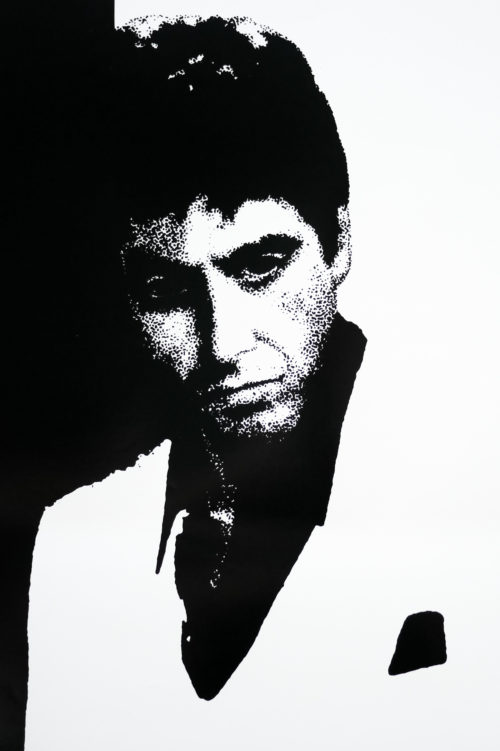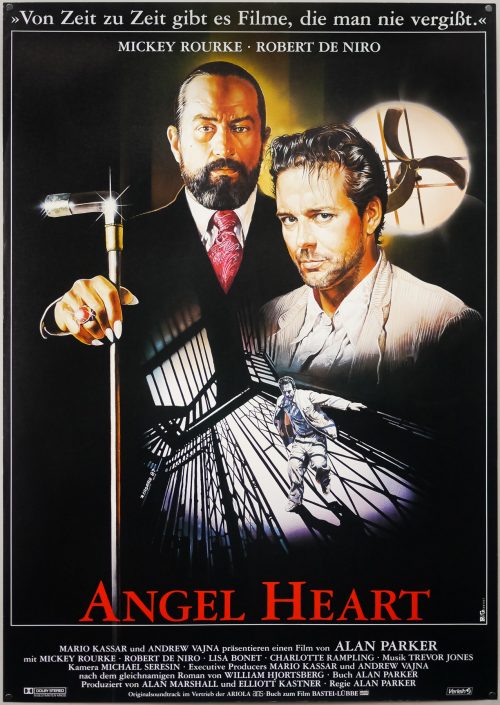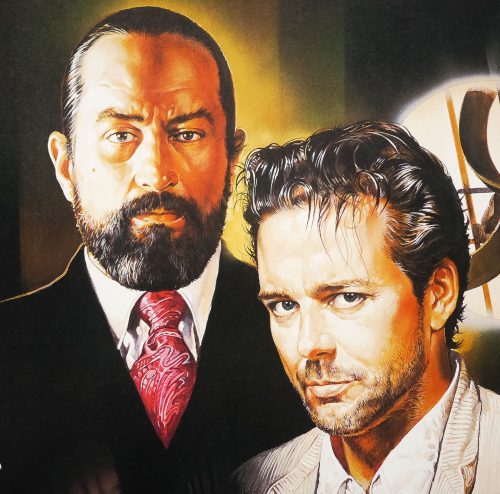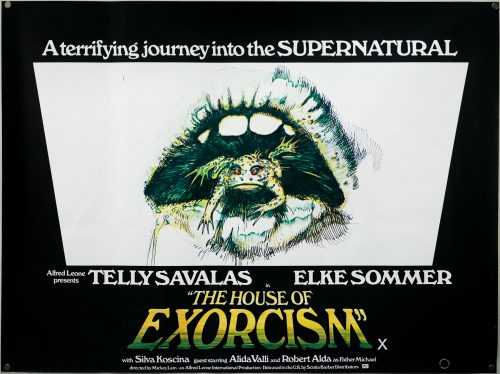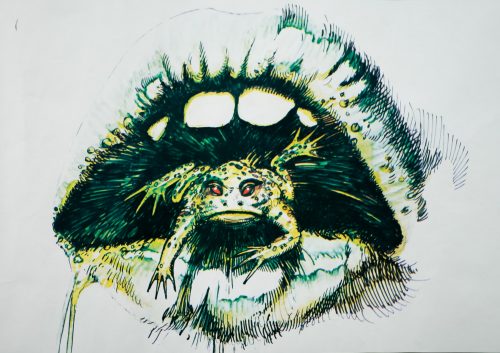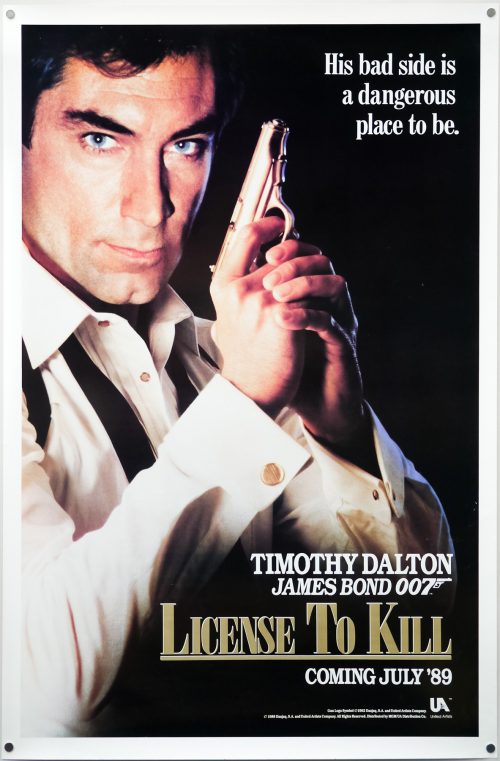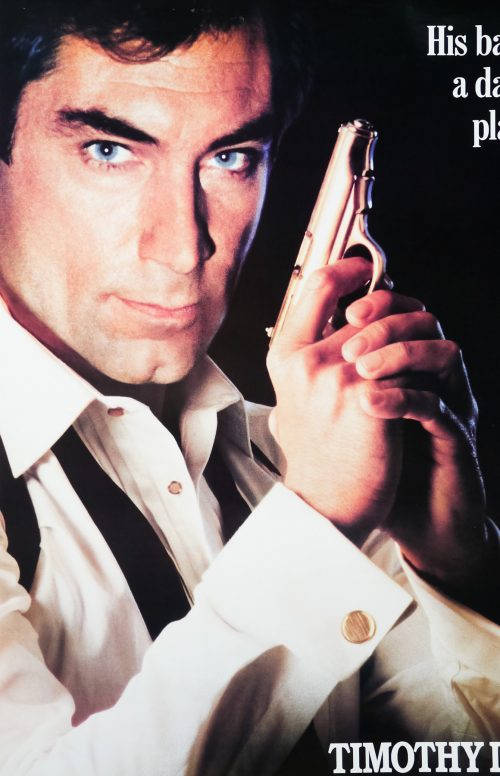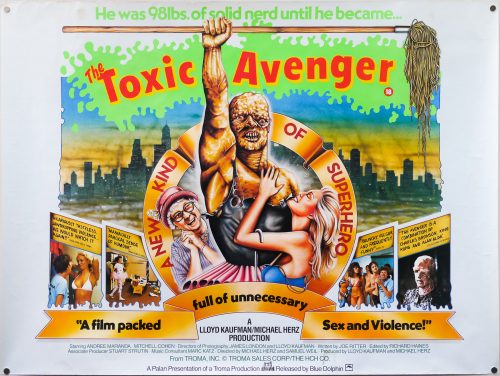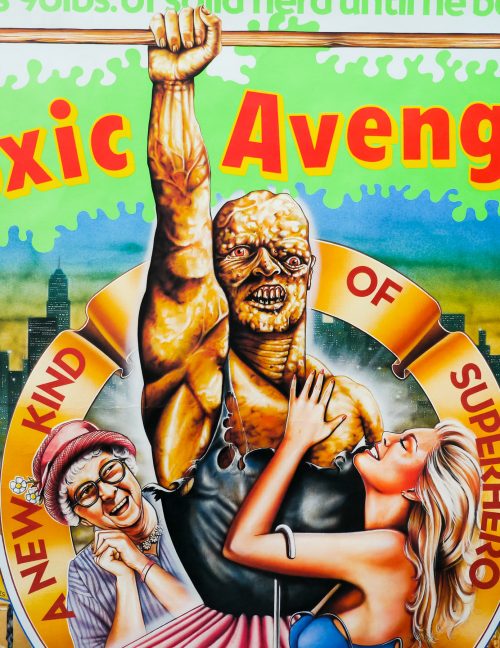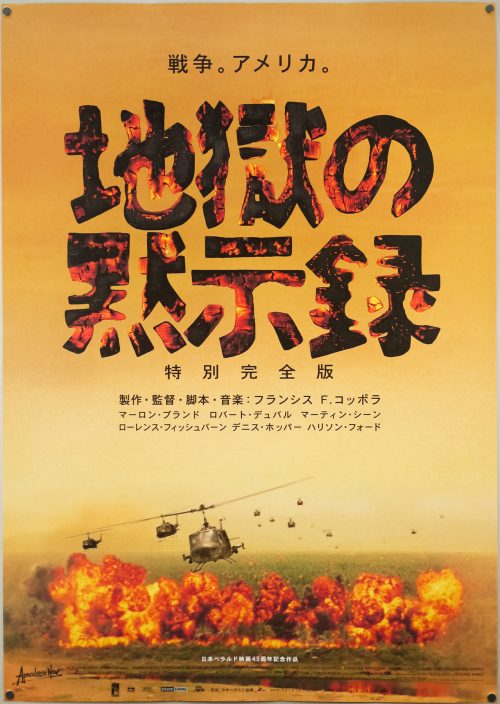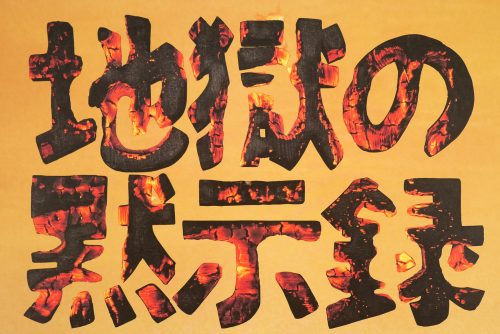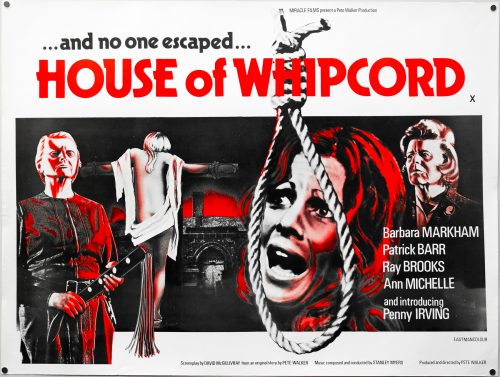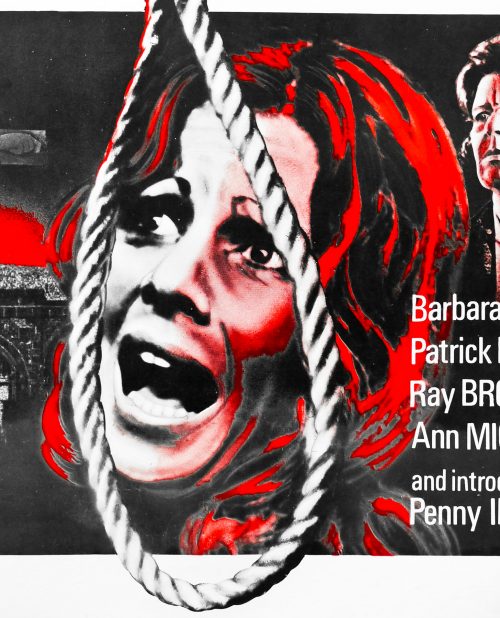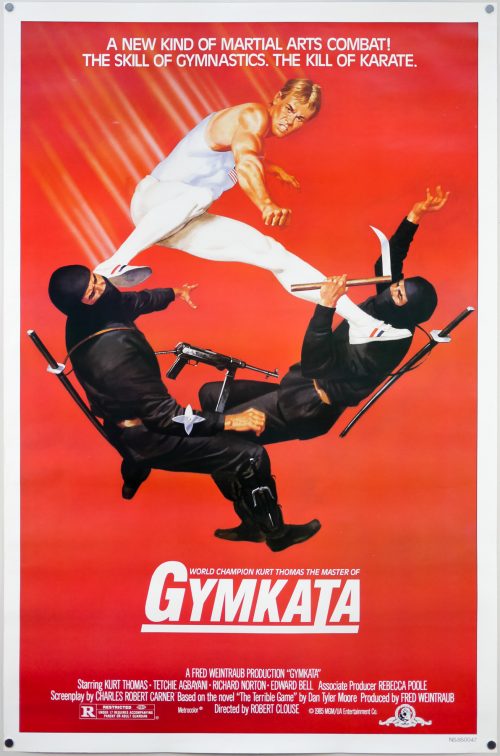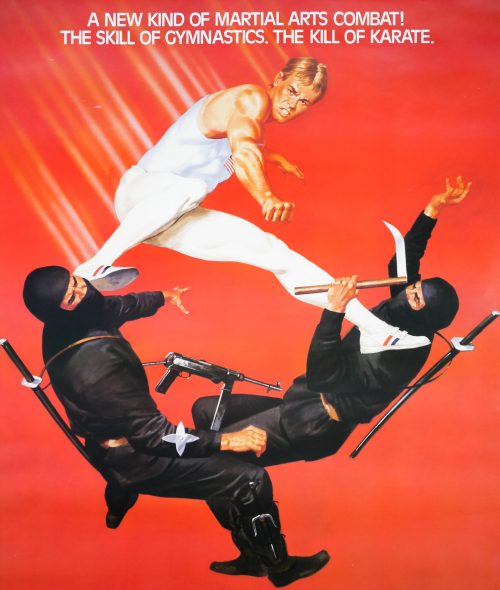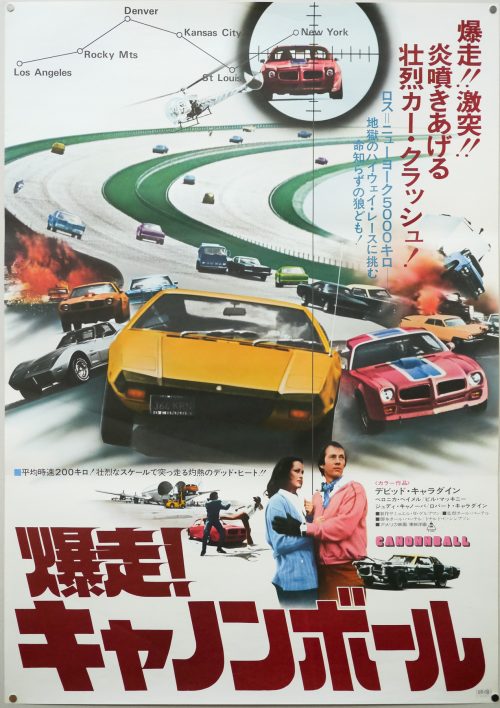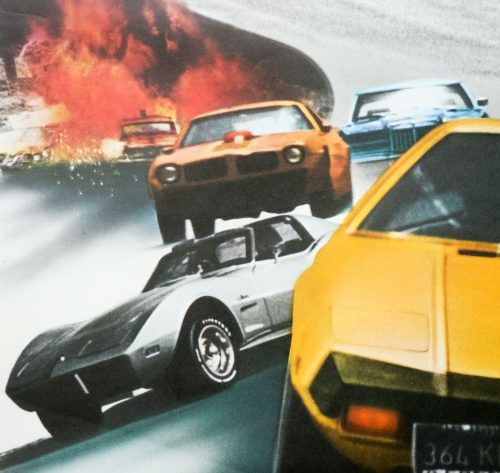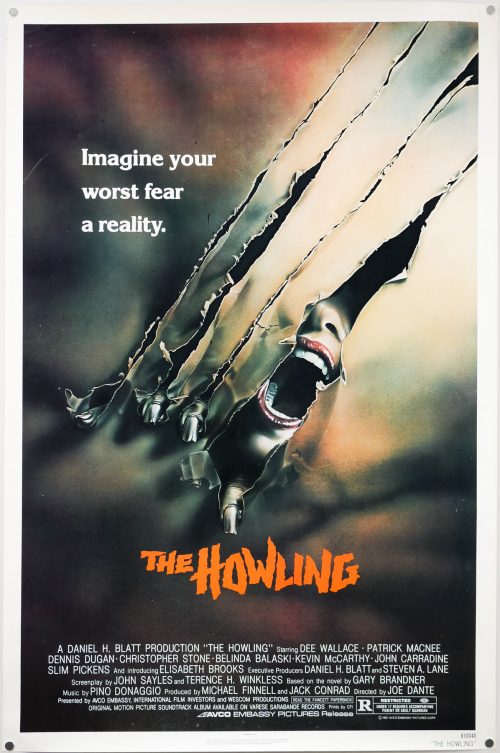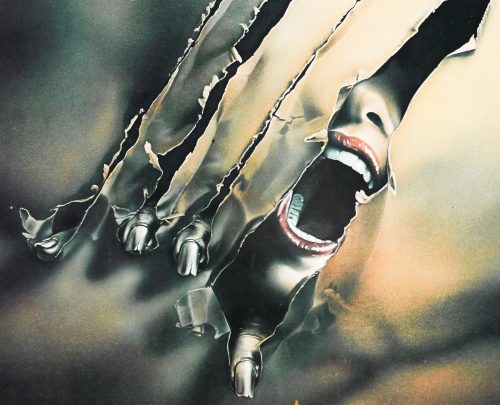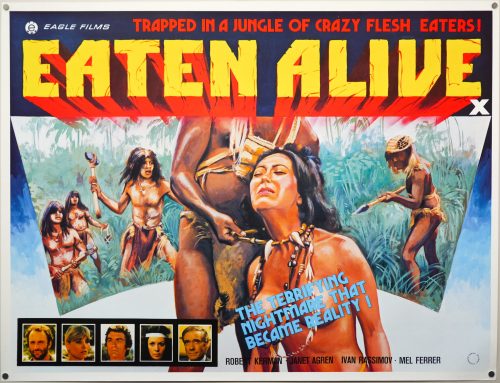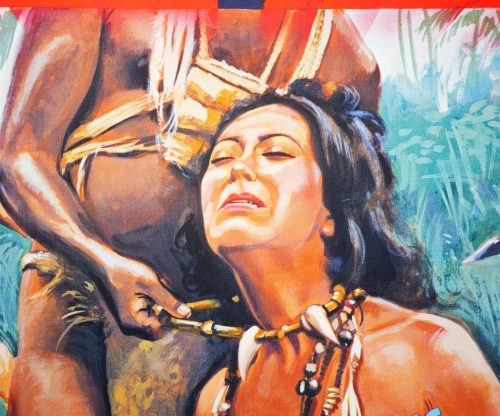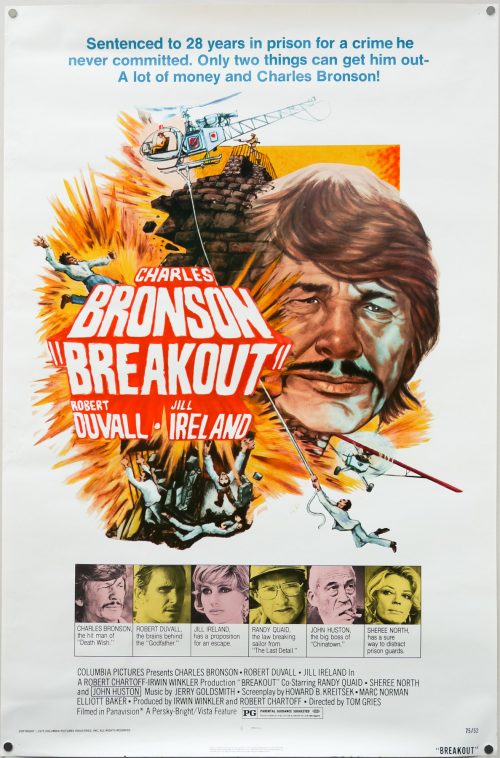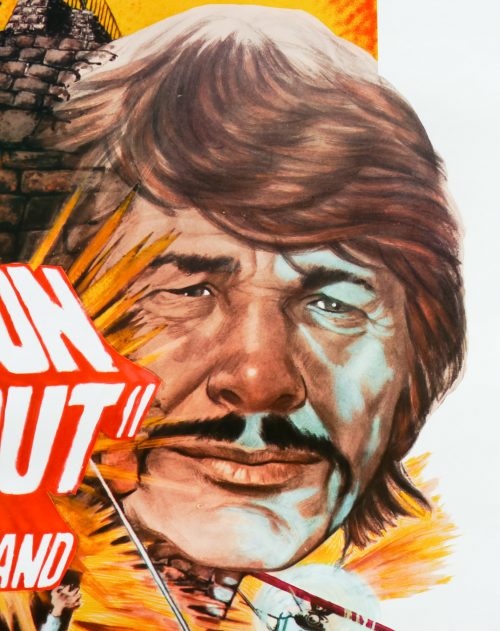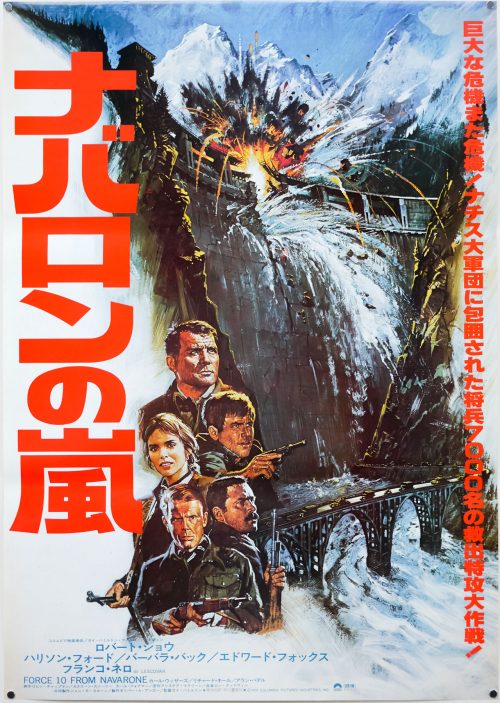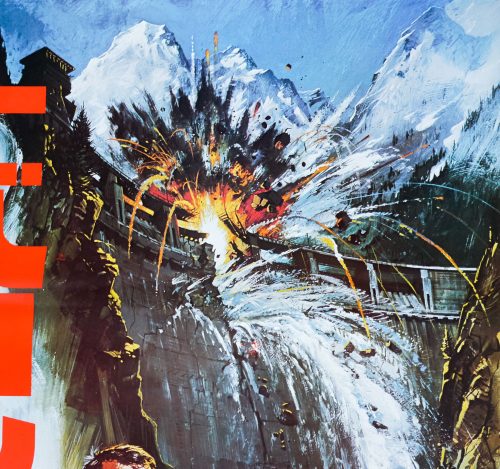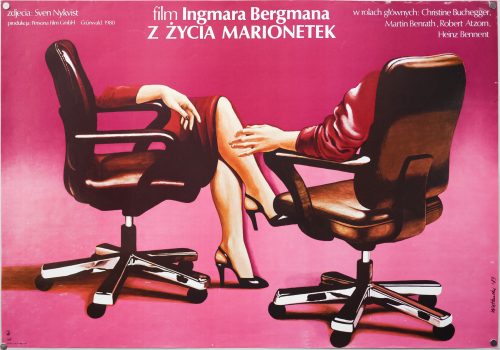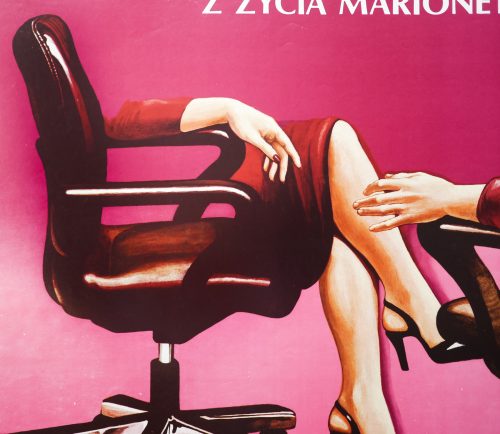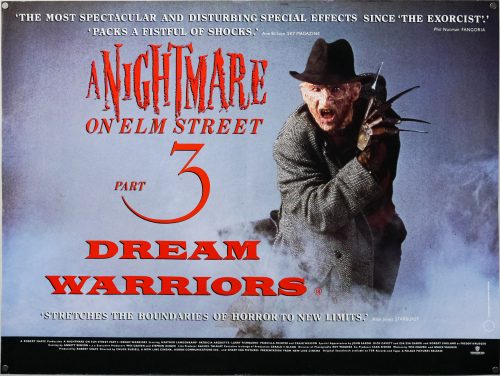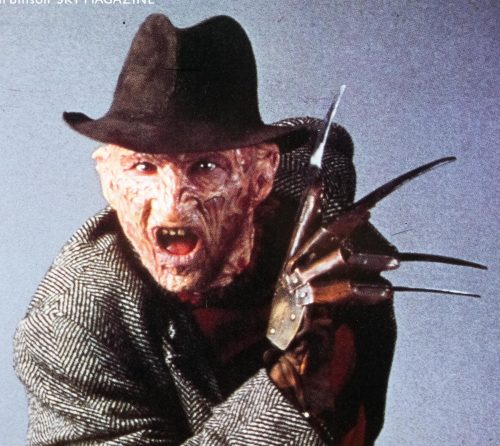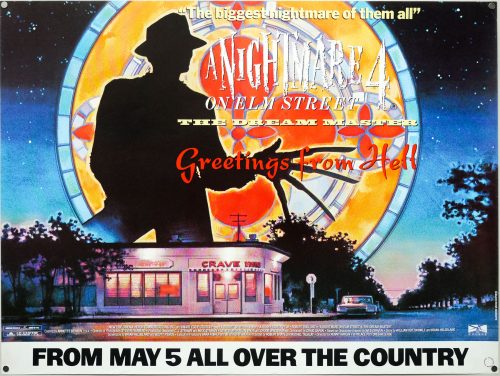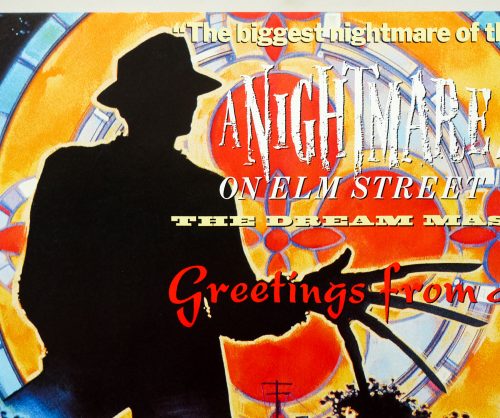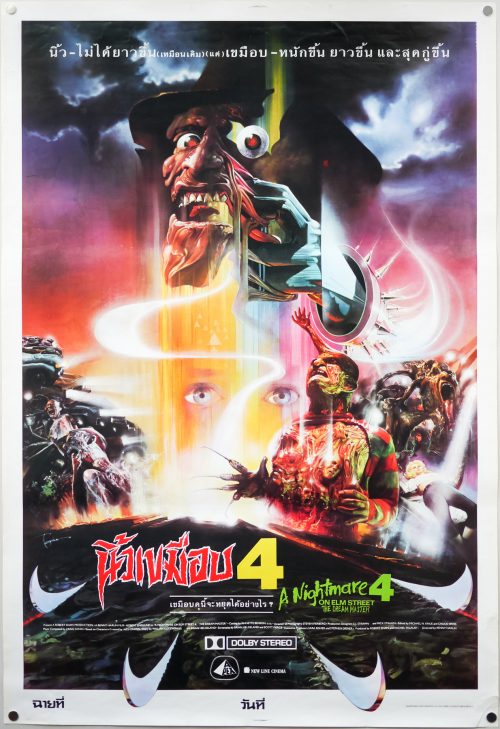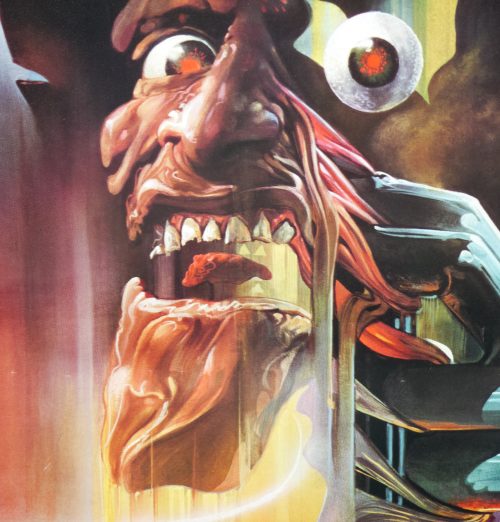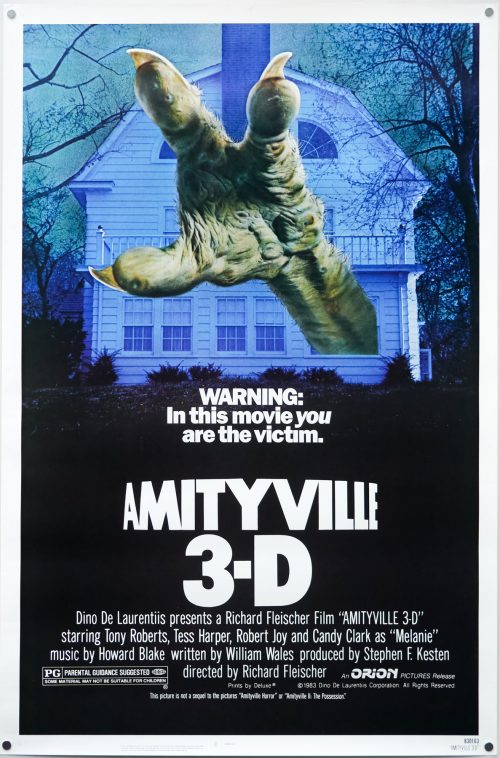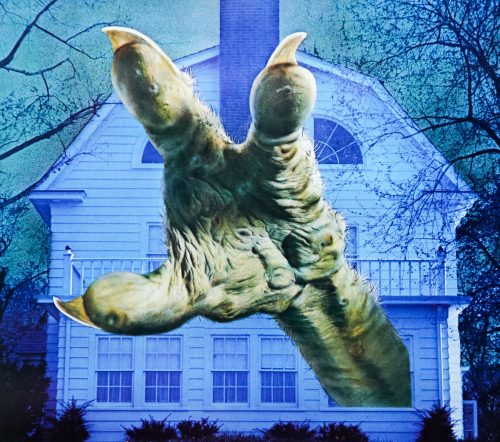- Title
- A Nightmare on Elm Street 4: The Dream Master
- AKA
- --
- Year of Film
- 1988
- Director
- Renny Harlin
- Starring
- Robert Englund, Lisa Wilcox, Danny Hassel, Andras Jones, Tuesday Knight, Ken Sagoes, Brooke Bundy, Nicholas Mele, Toy Newkirk, Brooke Theiss, Rodney Eastman
- Origin of Film
- USA
- Genre(s) of Film
- Robert Englund, Lisa Wilcox, Danny Hassel, Andras Jones, Tuesday Knight, Ken Sagoes, Brooke Bundy, Nicholas Mele, Toy Newkirk, Brooke Theiss, Rodney Eastman,
- Type of Poster
- Quad
- Style of Poster
- --
- Origin of Poster
- UK
- Year of Poster
- 1988
- Designer
- Graham Humphreys, FEREF
- Artist
- Graham Humphreys
- Size (inches)
- 30" x 39 15/16"
- SS or DS
- SS
- NSS #
- --
- Tagline
- "The biggest Nightmare of all"
This is the UK quad for the release of the fourth entry in the ‘A Nightmare on Elm Street’ franchise (subtitled The Dream Master). The film marked a big break for Finnish director Renny Harlin who admitted to heavily petitioning the film’s producer, and founder of New Line Cinema, Robert (Bob) Shaye for the job. Harlin had previously helmed a couple of low-budget flicks (Born American and Prison) but the box-office success of this film led to him being given the job of directing the Die Hard sequel in 1990. Sadly, his career stalled towards the end of that decade following a series of box-office bombs that included Cliffhanger and Cutthroat Island.
The fourth film followed on from one of the best entries in the franchise, 1987’s Dream Warriors, which was a marked improvement over the first sequel. This was thanks in part to the involvement of the first film’s Wes Craven, who had been absent from Part 2.
The Dream Master picks up a few months after the events of the third film and features characters that had last been seen in a mental hospital, but are now living at home and seemingly back to normal. Kirsten, previously played by Patricia Arquette and here by Tuesday Knight, has the ability to bring others into her dreams. When she senses Freddy is trying to return after being banished to hell at the end of Part 3, she contacts Kincaid (Ken Sagoes) and Joey (Rodney Eastman) to warn them not to dream about Freddy in case it causes his return.
Unfortunately, Kincaid fails to heed Kirsten’s warning and he falls asleep, dreaming of the car junkyard where Freddy’s bones were previously consecrated with holy water. His dog urinates on Freddy’s bones and this, for some bizarre reason, causes his resurrection whereupon he swiftly kills Kincaid. Freddy begins to terrorize Kirsten and her group of school friends and she realises she needs to pass on her powers to Alice before she too is killed. Freddy’s plan was to use Kirsten to move onto a new set of kids after he’s killed the original group (all children of the parents who murdered him before the events of the first film) and together this new gang must try to put an end to his nefarious plans once and for all.
———-
Palace Pictures had been handling the British distribution of the horror franchise since the first film and had worked with the same artist, Graham Humphreys, to produce unique poster designs for the UK market. When it came to promoting The Dream Master, Graham produced this quad and a larger 4-sheet (with alternate artwork) for use in cinema lobbies and on billboards. The quad features the stained glass window seen in a sequence involving a dilapidated church near the end of the film, as well as the Crave Inn diner where Alice works (its name is a not very subtle nod to the franchise’s creator).
When I interviewed Graham in 2011 for this site he talked the Elm Street posters and here’s an excerpt:
—————-
In 1987 it was back to an illustration for A Nightmare on Elm Street 4. It’s a great image with the ‘Crave Inn Diner’ and the stained glass featuring Freddy in silhouette. Can you remember why they went back to illustration for this?
I think by that time they just felt that they were flogging a dead horse with the Nightmare on Elm Street films. They said ‘take a look at the film and do what you want’. My idea was to do a postcard idea, ‘Greetings from hell’, and unfortunately without a computer it’s very hard to understand how stuff’s going to look when it’s actually printed. So for example with the Evil Dead you’ll notice that the copy line at the top is very hard to read because, tonally, the orange disappears against the purple. Given a computer there are all sorts of things I could have done, like a drop shadow or a glow behind it.
So it was often the case that you wouldn’t know what it was going to look like until you printed it?
No, everything was an experiment. This poster could have been so much different as well though. The stained glass from the final scene in the church was good for me because it was a lovely device that meant I could use the large silhouette [of Freddy]. I also thought it was interesting because at that point the face was so familiar so we could take it dark again; we know who he is. We also did the cheeky James Bond spoof poster.
Ah, you were involved with that?
I was, it was my idea.
———————
Graham also had the idea of creating a small run of double crowns that spoofed the iconic James Bond gun barrel opening sequence created by Maurice Binder and first seen in Dr No (1962). This was because The Dream Master was being released up against The Living Daylights, the latest entry in the long-running spy franchise. The resulting poster can be seen here.
To see the other posters I’ve collected by Graham click here and read the exclusive interview with the artist here.
